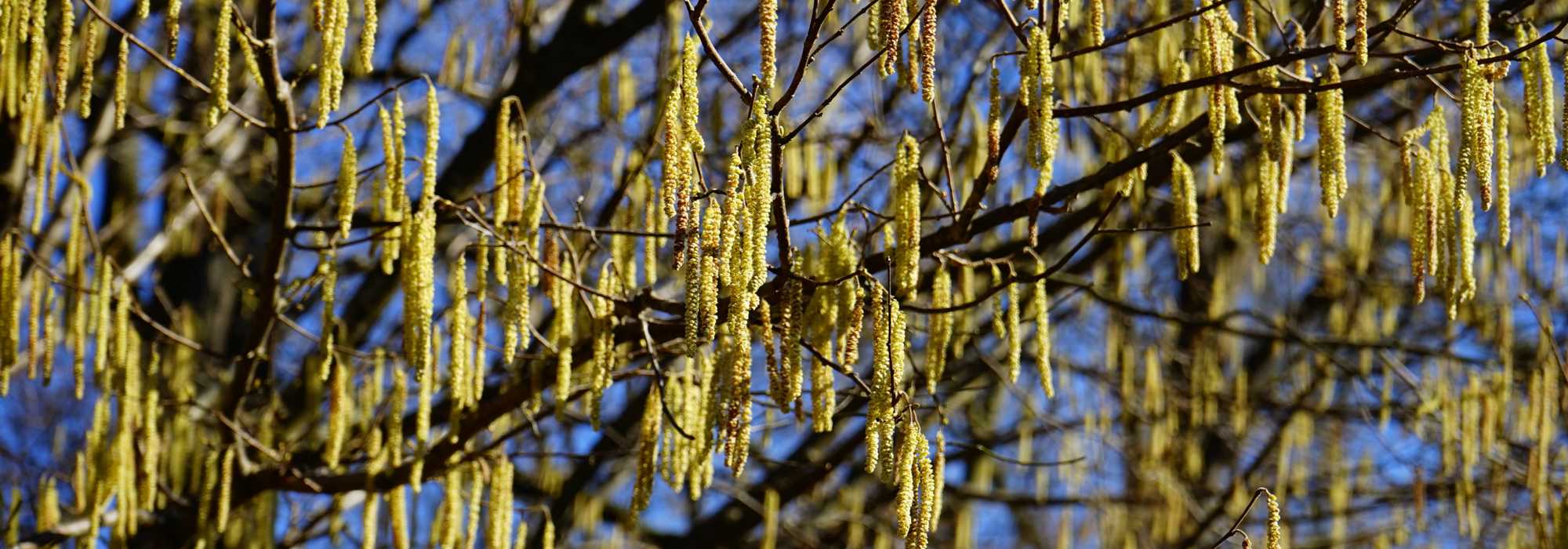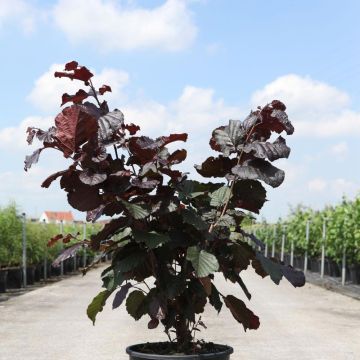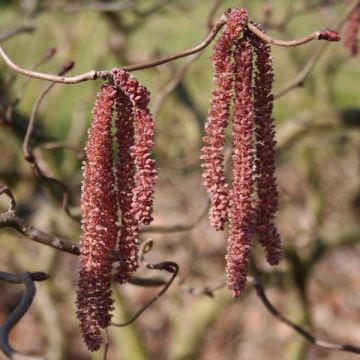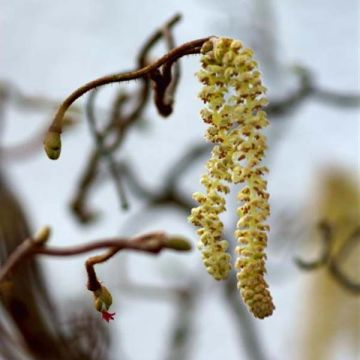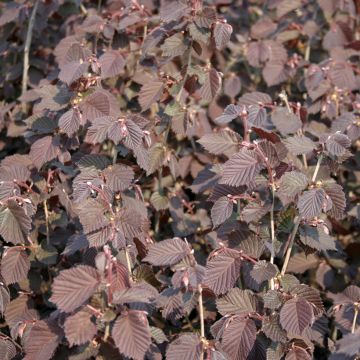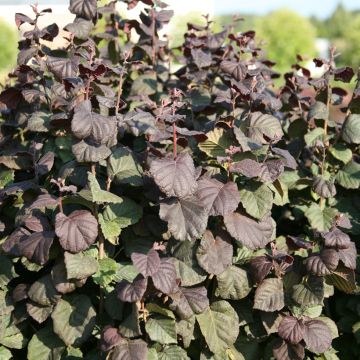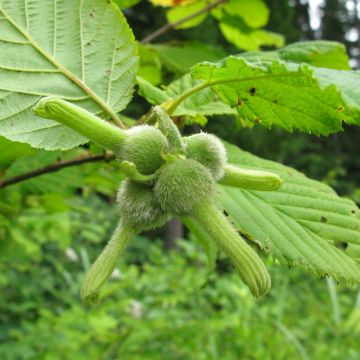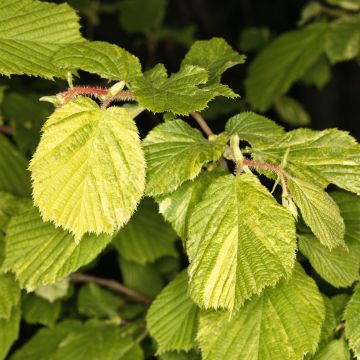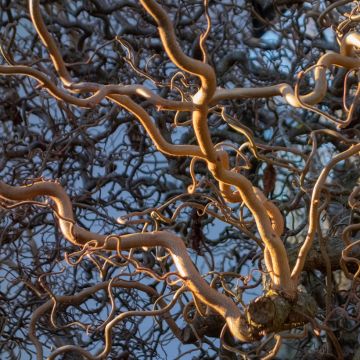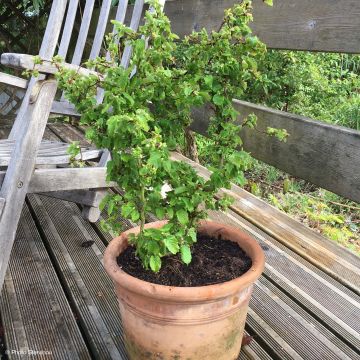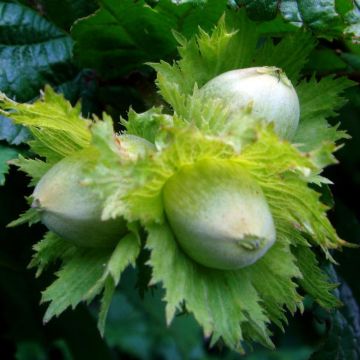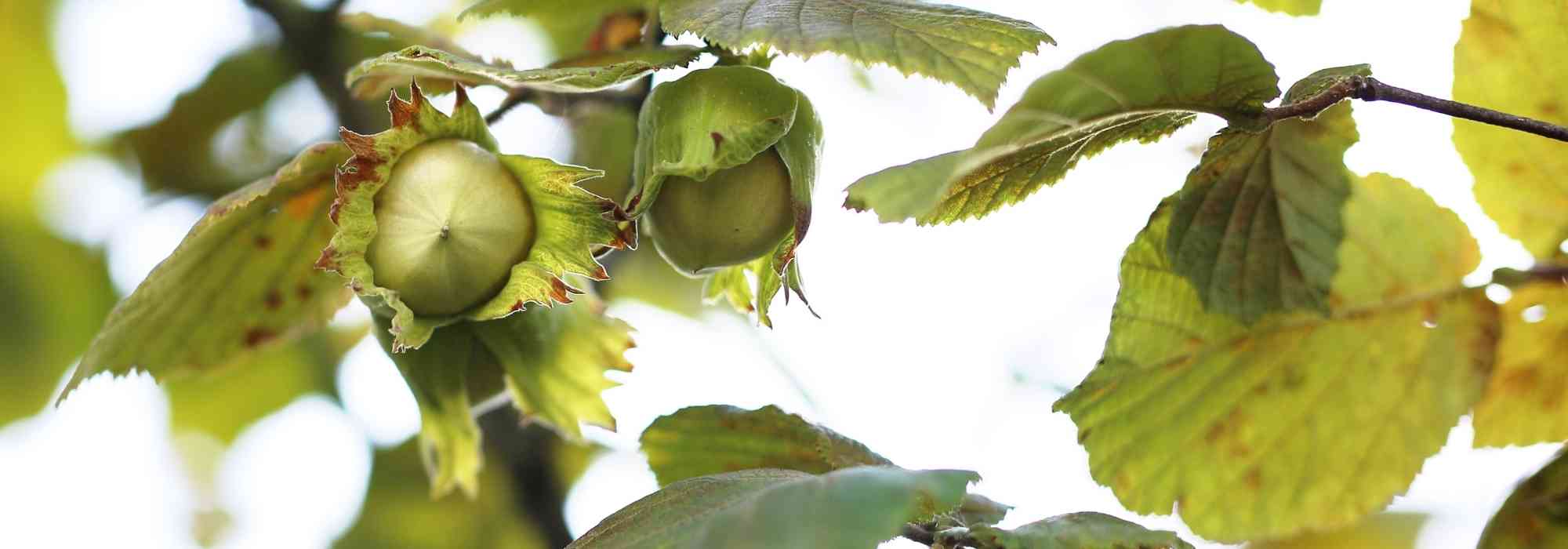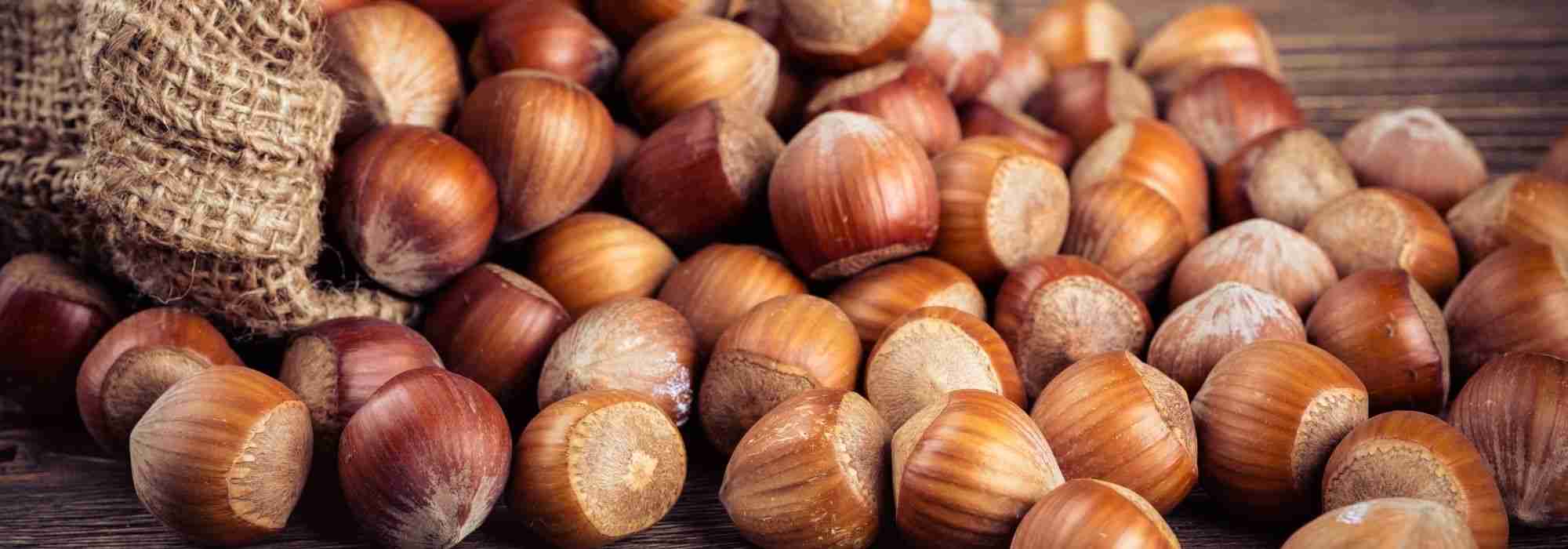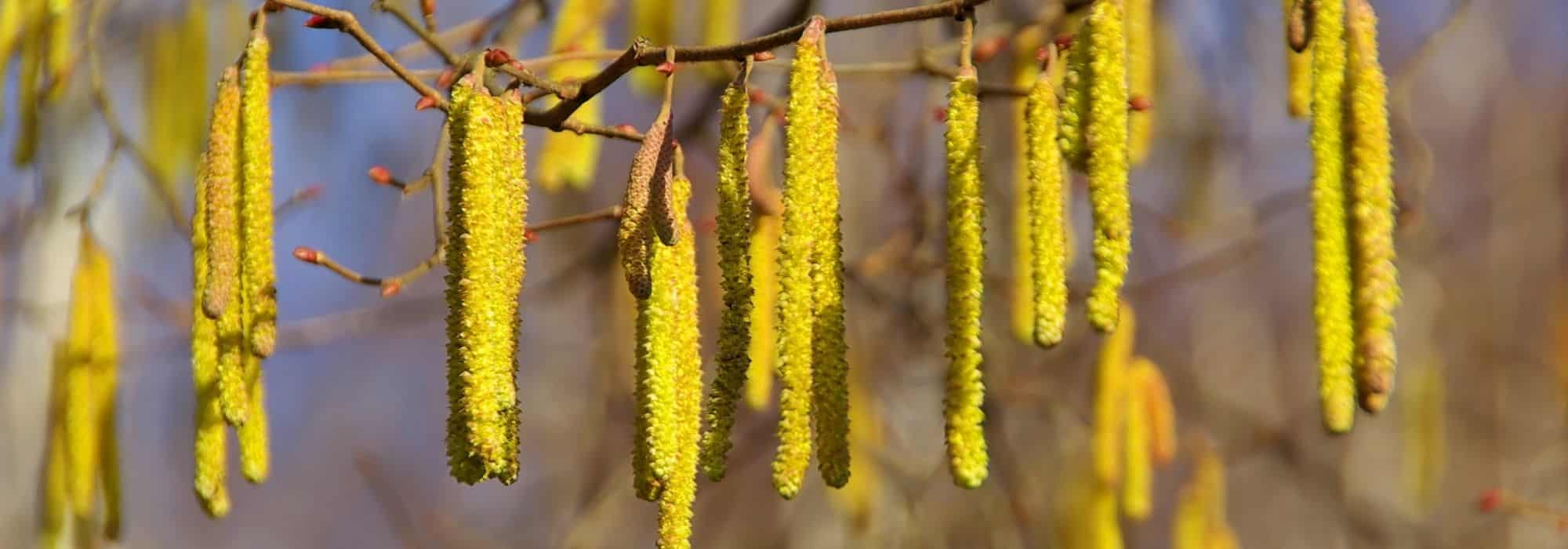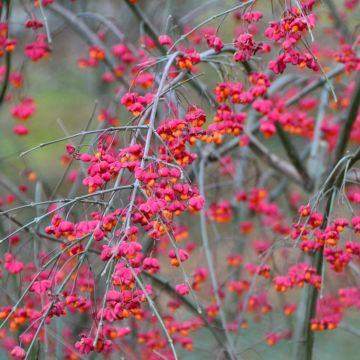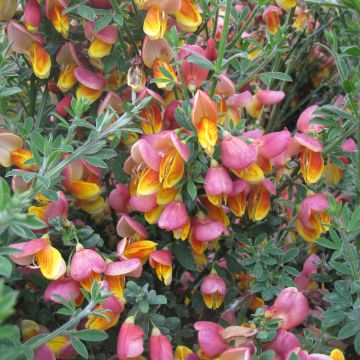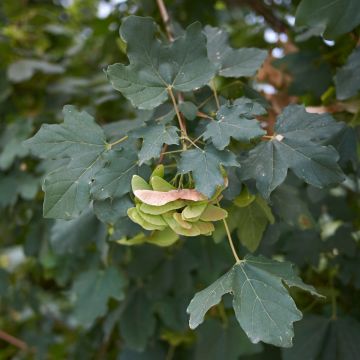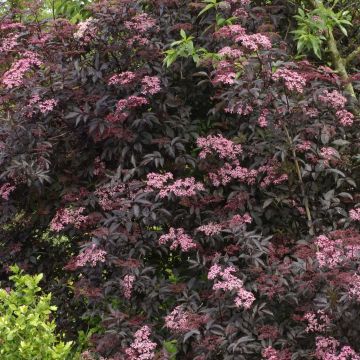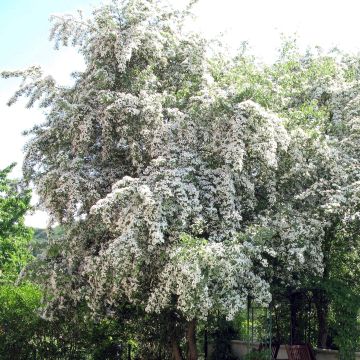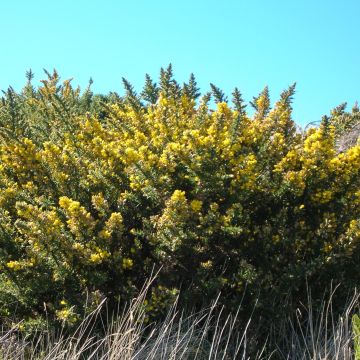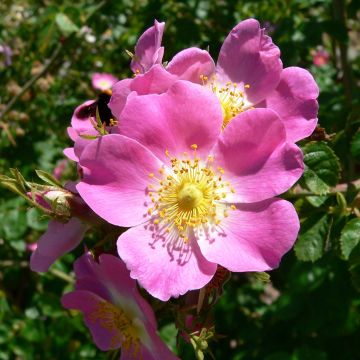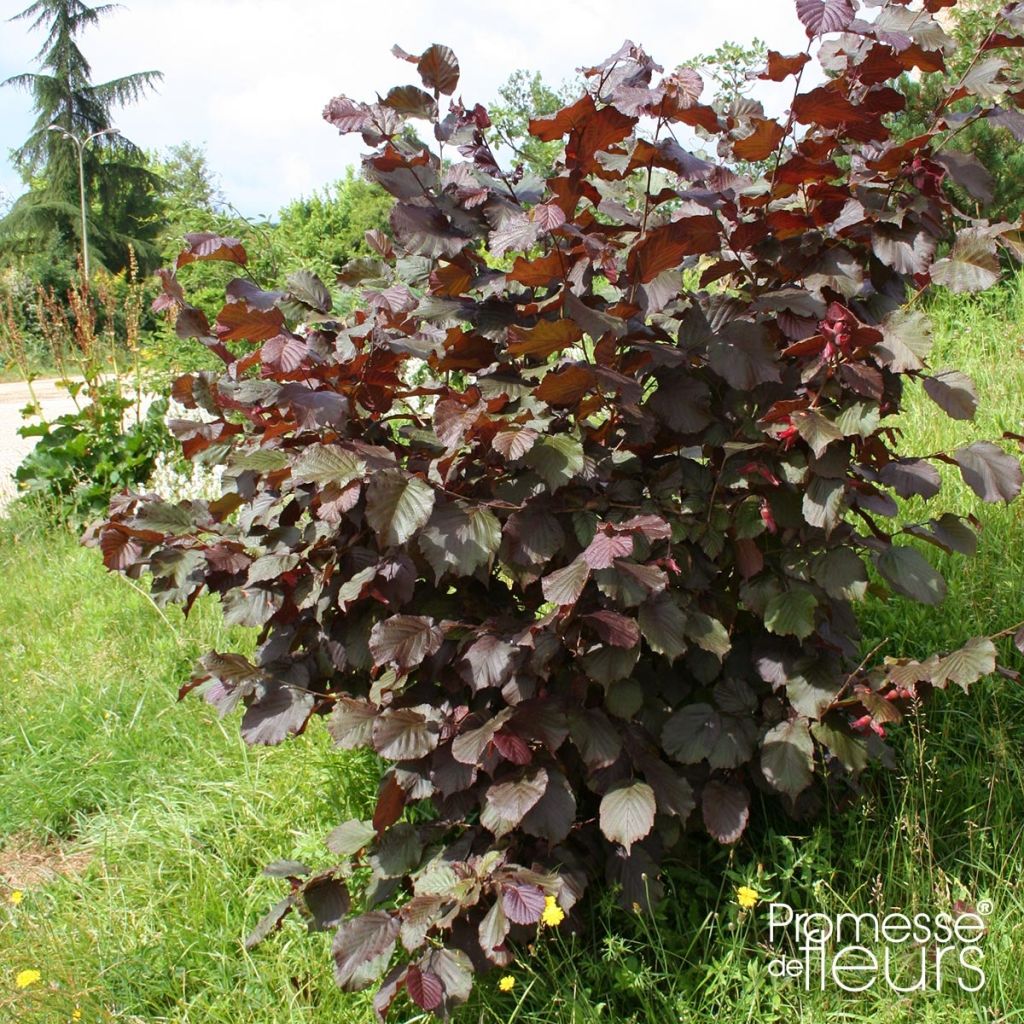

Corylus avellana Rode Zellernoot - Common Hazel
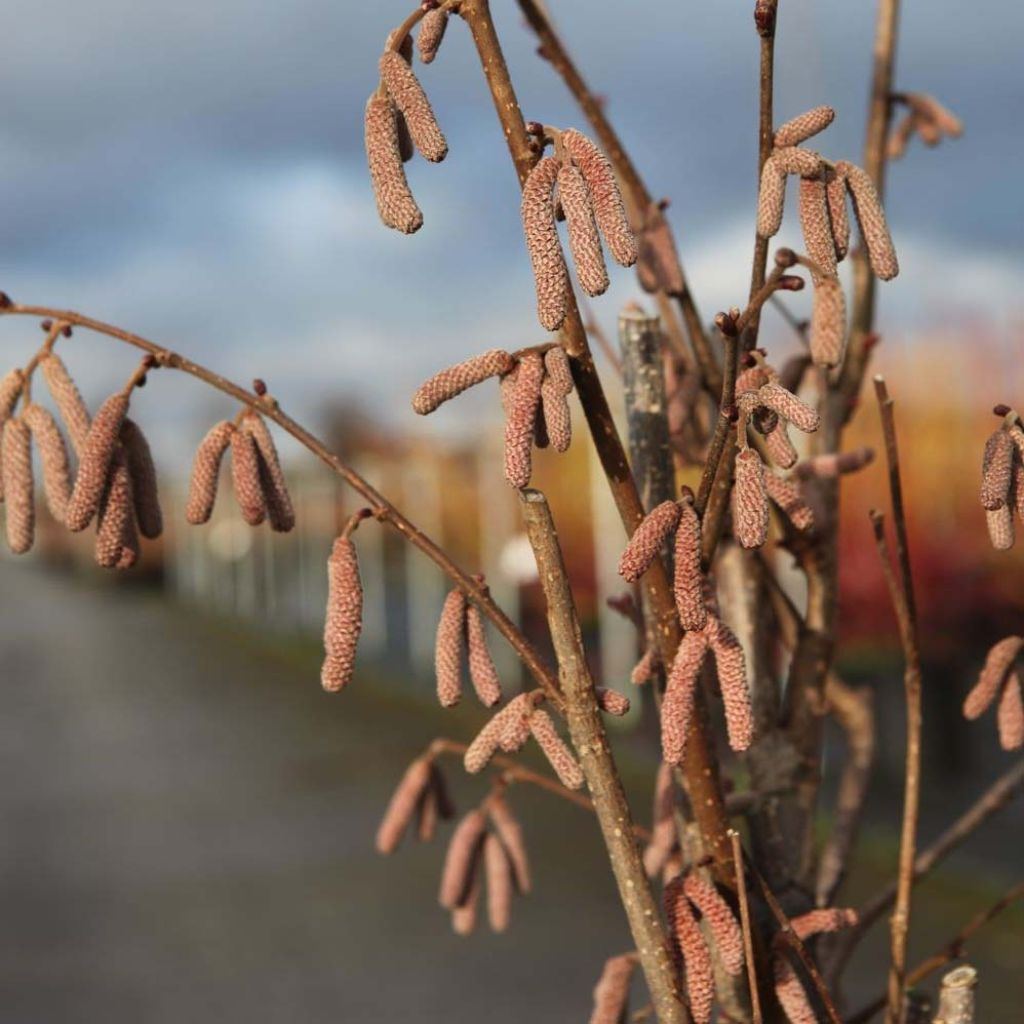

Corylus avellana Rode Zellernoot - Common Hazel
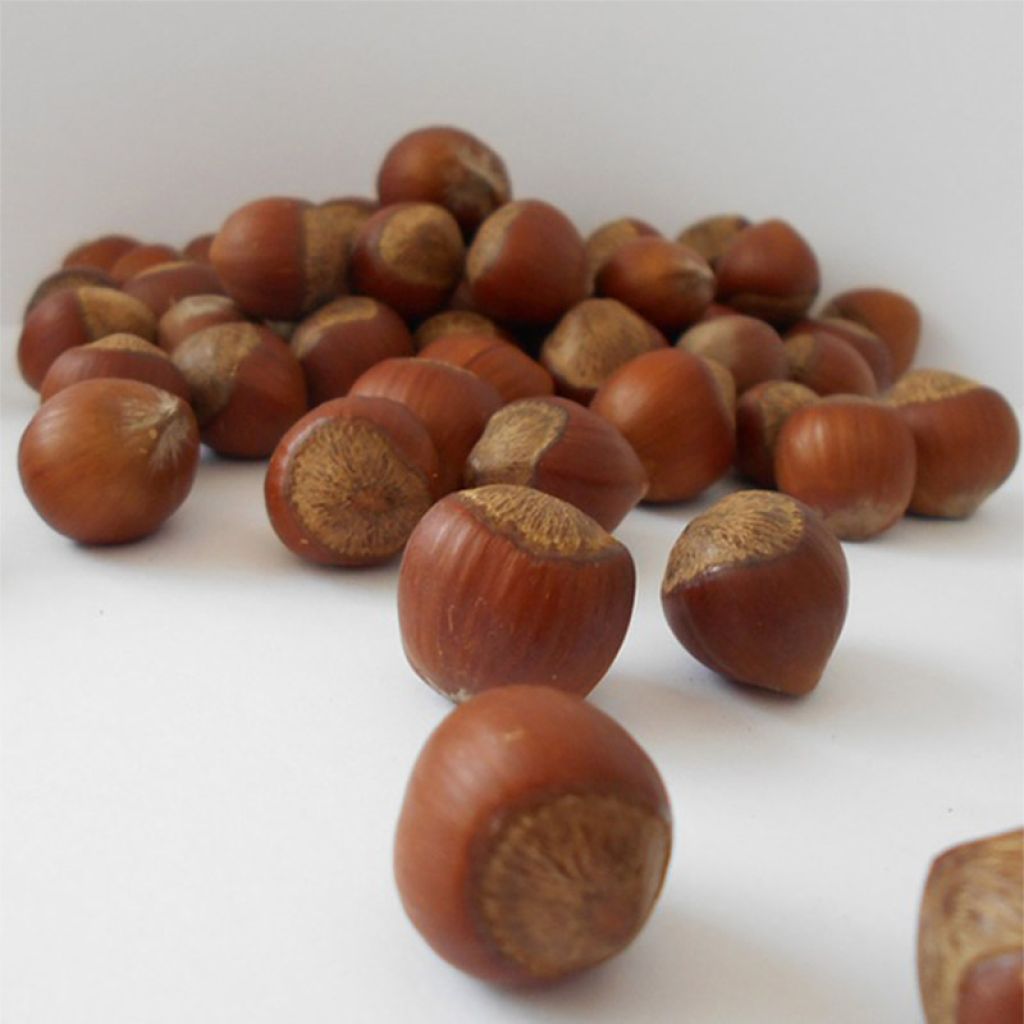

Corylus avellana Rode Zellernoot - Common Hazel
Corylus avellana Rode Zellernoot - Common Hazel
Corylus avellana Rode Zellernoot
Common Hazel, European Hazel
Very good recovery. It produced lovely aments.
Sandra, 21/05/2023
Special offer!
Receive a €20 voucher for any order over €90 (excluding delivery costs, credit notes, and plastic-free options)!
1- Add your favorite plants to your cart.
2- Once you have reached €90, confirm your order (you can even choose the delivery date!).
3- As soon as your order is shipped, you will receive an email containing your voucher code, valid for 3 months (90 days).
Your voucher is unique and can only be used once, for any order with a minimum value of €20, excluding delivery costs.
Can be combined with other current offers, non-divisible and non-refundable.
Home or relay delivery (depending on size and destination)
Schedule delivery date,
and select date in basket
This plant carries a 24 months recovery warranty
More information
We guarantee the quality of our plants for a full growing cycle, and will replace at our expense any plant that fails to recover under normal climatic and planting conditions.

Would this plant suit my garden?
Set up your Plantfit profile →
Description
Corylus avellana 'Rode Zellernoot', also known as Corylus avellana 'Rotblättrige Zellernuss', is a versatile hazel variety, cultivated for its ornamental character and fruit production. In winter, its bare erect branches bear pendulous pink-purple catkins, followed by bright red young shoots and large purple leaves in spring, turning bronze-green in summer. Its fruiting is abundant, large-sized and tasty. Its hazelnuts appear from early September, white then light brown with involucres forming remarkable light red to reddish-brown fringed skirts. Hardy and tall, it is an excellent variety for fruit hedges or for planting in the back of a flower bed with pink flowering. Plant it in full sun or partial shade in preferably rich and moist, well-drained, not too dry soils.
Corylus avellana belongs to the Betulaceae family, just like the birch. It is a small monoecious fruit tree, bearing male inflorescences distinct from female inflorescences on the same individual. The common hazel prefers light and rather neutral fertile soil, that is not too dry.
Also called 'Rote Zellernuss' in German or 'Red Zellernut' in English, it is an old cultivar that was obtained before 1887. It is one of the few varieties that has both ornamental and fruit interest. The shrub develops upright, not very bushy branches. Fast-growing, it will reach about 6 m (19.7 ft) in height and 4 m (13.1 ft) in width. It can live for about 60 years. Its young hairy branches are dark purple in colour, with a light brown bark that becomes very dark over time. The flowering occurs in two stages: in January-March, reddish-purple male flowers appear, gathered in pendulous catkins of 5 cm to 7 cm (2 in to 2.8 in) long, which are popular with bees. Insignificant female flowers bloom in March-April. They have the shape of a bud, partially concealing bright red stigmas. The foliage appears late in May. The leaves are rounded, strongly veined, slightly crisped and curled, measuring 8 cm to 10 cm (3.1 in to 3.9 in) long. The young shoots are bright red in colour before turning purple and then bronze-green in summer. Very productive, it produces fruits on 1-year-old shoots in mature individuals. The fruits are quite large and of good flavour. These are achenes called hazelnuts. They are white and become light brown when ripe, surrounded by large involucres, fringed and intensely coloured in light red to reddish-brown. Grouped in 1 to 4, they measure 2 cm (0.8 in) in diameter and mature in early September.
It forms a beautiful focal point in the garden during winter, allowing you to admire its bare branches displaying large pendulous purple catkins. Easy to grow in ordinary soil, it is not recommended for excessively dry situations. It is obviously magnificent when planted as a specimen tree, especially in winter when its unique silhouette emerges against a leaden sky. It is also commonly used in mixed hedges with other fruit cultivars to ensure good pollination and a substantial yield. You can imagine a blue-flowered clematis (Clematis alpina or integrifolia) spreading at the foot of an already mature tree while climbing on its branches. Gardening enthusiasts looking for curiosities can also grow, in a large garden, the unique Robinia Tortuosa. Use its branches covered with pink-red catkins in your winter bouquets, or its leafy branches in all your compositions.
Corylus avellana Rode Zellernoot - Common Hazel in pictures
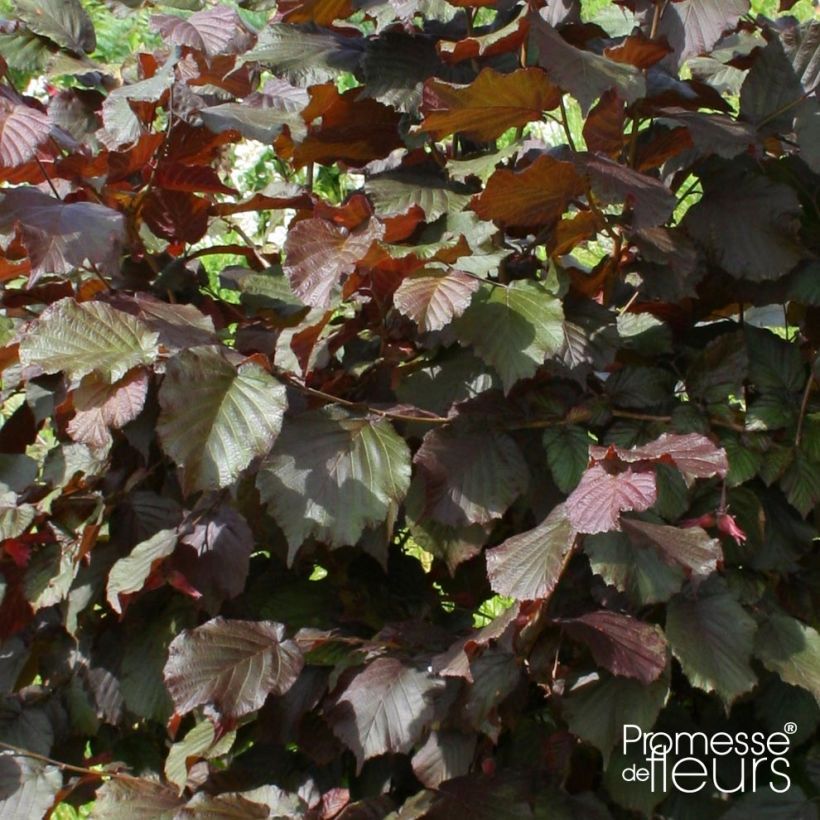

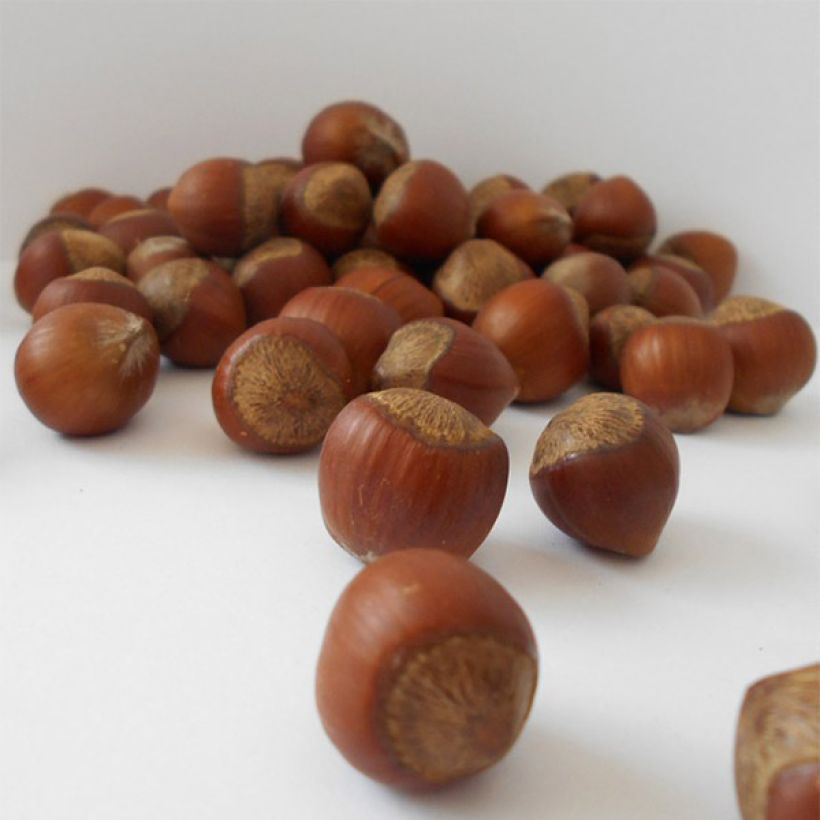

Plant habit
Flowering
Foliage
Safety measures
Botanical data
Corylus
avellana
Rode Zellernoot
Betulaceae
Common Hazel, European Hazel
Cultivar or hybrid
atteinterespiratoire
Cette plante peut entraîner des symptômes allergiques.
Evitez de la planter si vous ou vos proches souffrez de rhinite saisonnière ("rhume des foins").
Davantage d'informations sur https://plantes-risque.info
Other Corylus - Hazelnuts
View all →Planting and care
It thrives in sunlight and partial shade in summer. Plant it in any well-drained soil, but not too dry. Water and fruit tree fertiliser will improve the appearance and yield of this beautiful bush. Apply organic fertiliser in spring and mulch to keep the base cool. For good fruiting, plant at least two varieties together. In late autumn, prune the obstructive branches to allow air circulation. It is recommended to prune the hazelnut to 4 cm (1.6 in) every 4 years for regeneration.
Planting period
Intended location
Care
Planting & care advice
-
, onOrder confirmed
Reply from on Promesse de fleurs
Similar products
Haven't found what you were looking for?
Hardiness is the lowest winter temperature a plant can endure without suffering serious damage or even dying. However, hardiness is affected by location (a sheltered area, such as a patio), protection (winter cover) and soil type (hardiness is improved by well-drained soil).

Photo Sharing Terms & Conditions
In order to encourage gardeners to interact and share their experiences, Promesse de fleurs offers various media enabling content to be uploaded onto its Site - in particular via the ‘Photo sharing’ module.
The User agrees to refrain from:
- Posting any content that is illegal, prejudicial, insulting, racist, inciteful to hatred, revisionist, contrary to public decency, that infringes on privacy or on the privacy rights of third parties, in particular the publicity rights of persons and goods, intellectual property rights, or the right to privacy.
- Submitting content on behalf of a third party;
- Impersonate the identity of a third party and/or publish any personal information about a third party;
In general, the User undertakes to refrain from any unethical behaviour.
All Content (in particular text, comments, files, images, photos, videos, creative works, etc.), which may be subject to property or intellectual property rights, image or other private rights, shall remain the property of the User, subject to the limited rights granted by the terms of the licence granted by Promesse de fleurs as stated below. Users are at liberty to publish or not to publish such Content on the Site, notably via the ‘Photo Sharing’ facility, and accept that this Content shall be made public and freely accessible, notably on the Internet.
Users further acknowledge, undertake to have ,and guarantee that they hold all necessary rights and permissions to publish such material on the Site, in particular with regard to the legislation in force pertaining to any privacy, property, intellectual property, image, or contractual rights, or rights of any other nature. By publishing such Content on the Site, Users acknowledge accepting full liability as publishers of the Content within the meaning of the law, and grant Promesse de fleurs, free of charge, an inclusive, worldwide licence for the said Content for the entire duration of its publication, including all reproduction, representation, up/downloading, displaying, performing, transmission, and storage rights.
Users also grant permission for their name to be linked to the Content and accept that this link may not always be made available.
By engaging in posting material, Users consent to their Content becoming automatically accessible on the Internet, in particular on other sites and/or blogs and/or web pages of the Promesse de fleurs site, including in particular social pages and the Promesse de fleurs catalogue.
Users may secure the removal of entrusted content free of charge by issuing a simple request via our contact form.
The flowering period indicated on our website applies to countries and regions located in USDA zone 8 (France, the United Kingdom, Ireland, the Netherlands, etc.)
It will vary according to where you live:
- In zones 9 to 10 (Italy, Spain, Greece, etc.), flowering will occur about 2 to 4 weeks earlier.
- In zones 6 to 7 (Germany, Poland, Slovenia, and lower mountainous regions), flowering will be delayed by 2 to 3 weeks.
- In zone 5 (Central Europe, Scandinavia), blooming will be delayed by 3 to 5 weeks.
In temperate climates, pruning of spring-flowering shrubs (forsythia, spireas, etc.) should be done just after flowering.
Pruning of summer-flowering shrubs (Indian Lilac, Perovskia, etc.) can be done in winter or spring.
In cold regions as well as with frost-sensitive plants, avoid pruning too early when severe frosts may still occur.
The planting period indicated on our website applies to countries and regions located in USDA zone 8 (France, United Kingdom, Ireland, Netherlands).
It will vary according to where you live:
- In Mediterranean zones (Marseille, Madrid, Milan, etc.), autumn and winter are the best planting periods.
- In continental zones (Strasbourg, Munich, Vienna, etc.), delay planting by 2 to 3 weeks in spring and bring it forward by 2 to 4 weeks in autumn.
- In mountainous regions (the Alps, Pyrenees, Carpathians, etc.), it is best to plant in late spring (May-June) or late summer (August-September).
The harvesting period indicated on our website applies to countries and regions in USDA zone 8 (France, England, Ireland, the Netherlands).
In colder areas (Scandinavia, Poland, Austria...) fruit and vegetable harvests are likely to be delayed by 3-4 weeks.
In warmer areas (Italy, Spain, Greece, etc.), harvesting will probably take place earlier, depending on weather conditions.
The sowing periods indicated on our website apply to countries and regions within USDA Zone 8 (France, UK, Ireland, Netherlands).
In colder areas (Scandinavia, Poland, Austria...), delay any outdoor sowing by 3-4 weeks, or sow under glass.
In warmer climes (Italy, Spain, Greece, etc.), bring outdoor sowing forward by a few weeks.






























